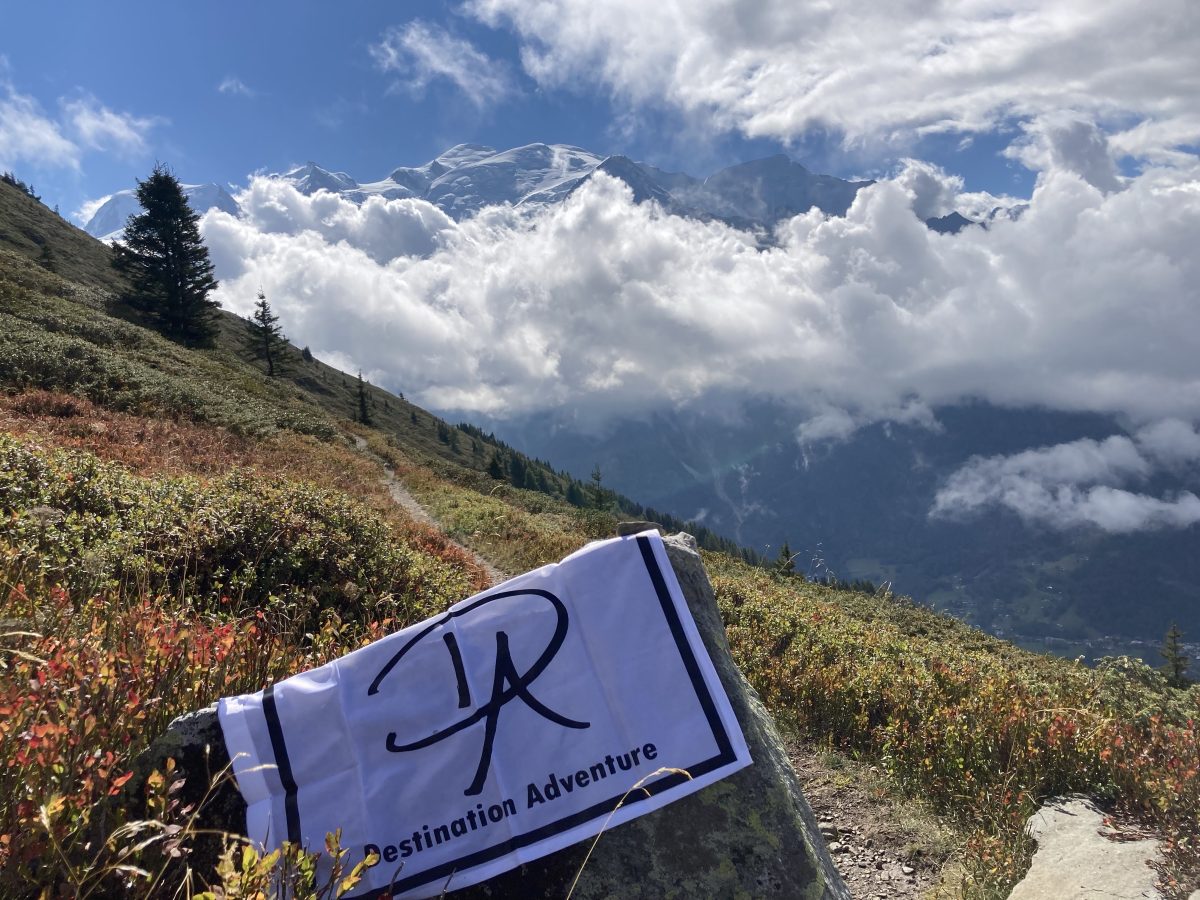We are two weeks away from the start of our trek to climb Mt. Kilimanjaro and our family group, which hails from all over the U.S., has been devoting quite a bit of spare time to prepare. Of late, most of the effort has been spent in two areas: logistics and training. The main logistics for the trip are being expertly handled by Ron, our retired Army logistician. He has spent innumerable hours on the phone or emailing with our trekking company (iantaylortrekking.com), the airline, and the travel insurance company to ensure every detail is addressed. He then summarizes the salient points via email updates to everyone in the group to ensure we all on the same page, and end up in the same place at the same time!
Since we are traveling to Africa and will spend a little time passing thru the jungle environment at the base of the mountain, we have all completed appointments with a travel doctor that specializes in evaluating the various immunizations and medications we will need. All of us will begin an anti-Malaria medication regime that will begin before the trip and continue until a week after we return. Each person’s immunization history dictates what, if any shots they had to get… I personally got to enjoy three booster shots: Measles/Mumps/Rubella, Typhoid/Diphtheria, and Tetanus. Additionally, we all have been prescribed medications to lessen the effects of altitude sickness along with a variety of medications to address stomach ailments or other unpleasant symptoms in the event we need them.
While all of that is going on, everyone has been putting in hours and miles on the trails. The obvious benefit of these hikes is fitness. But, just as important, every hike is an opportunity to test our gear. For the most part, each of us has multi-day trekking experience, so we mostly know what to expect and have all of the gear we will need. Since the Kili trek will transit 5 ecological zones, we need to be prepared for temperatures ranging from 80 deg to 0 deg (and maybe less depending on windchill). We’ll even be hiking at night for our push to the summit, so a good headlamp with extra batteries is a must.







The reason it is important to test gear is two-fold. First, it helps each of us to determine what works in a variety of conditions. Versatility is the key. The same t-shirt you wear lower on the mountain can be used as one of many base layers further up on the mountain where the temperatures will be quite cold. Wool is the fabric of choice since it has great insulating properties and is naturally anti-microbial, which is important since we’ll be wearing some of the layers for multiple days. After experiencing cold hands during our Everest Base Camp adventure back in 2018, we have all shifted from gloves to mittens. So far the reports from everybody have been very positive, even during training hikes that have occurred in sub-zero temperatures!
Time for a shameless plug… if you are new to the blog and want to read about the Everest Base Camp trek, simply go to the menu on this site’s main page and select “Everest Base Camp Trek (April 2018)” from the drop down menu.
The second reason it is important to test gear is that it gives us confidence that it works for the purpose intended, and we know what combination to use in various conditions. This has been especially evident for our two testers who hail from Iowa, Alan and Debra, who have been dutifully reporting the results of their layering combinations in some pretty extreme conditions.


Gear Test Field Report from Iowa:
Just got back from our night walk. Real temp was -6.
— Bottom: Base layer of merino wool, trekking pants, and wind pants.
— Top: merino wool tshirt, L/S merino wool shirt, midweight shirt, and coat.
— Head: Buff, hat, and jacket hat.
— Hands: Merino wool 250 inner gloves + mittens. Had one hand with hand warmer and one without. Both were warm, but the one with a hand warmer was more pleasant.
— Our boots do not allow for us to get a warmer inside, but our feet were not cold. We were outside for 2.5 hours.
— Additionally, headlamps had new batteries but were noticeably dimming at the end.
All in all, our confidence level is high and we are excited to get started. I will do my best to provide updates throughout the trek, but cell service is spotty and wifi is non-existent, so readers of this blog should check-in periodically to see if anything has been updated.




Where’s the picture of your toe?????
Sue Bridi
>
LikeLike
I think it best to spare my reading audience, which is now firmly established as numbering in the teens, to that disturbing picture! I am trying to attract readers, not repulse them!!
LikeLike
Exciting update. Not too much longer before your trip.
LikeLike